Last Updated on August 2, 2021

I couldn’t have been the only one who watched JURASSIC WORLD last year, and noticed that the CGI somehow looked worse than JURASSIC PARK almost 25 years prior, right? I’m not going crazy? PLEASE TELL ME I’M NOT GOING CRAZY!!! And that’s not the only movie. I mean, we have POWER RANGERS, the new TRANSFORMERS, that JUSTICE LEAGUE trailer – all with shitty CGI plastered all over them. I mean, has CGI really gotten that bad over the years? What the fuck is going on?
Well, like it says in the title, CGI (or computer-generated imagery) is not the problem. CGI is just a tool, and it’s a powerful one that a filmmaker can utilize to great effect. To blame CG itself for this mess is like blaming a hammer for a shitty looking house.
Essentially, given enough time and money CGI can look amazing and photo-real, and do pretty much whatever you want it to. And it’s not just dinosaurs, giant robots, or giant robot dinosaurs, either; there are also many things you wouldn’t think of that CGI does regularly, like the sheep in BROKEBACK MOUNTAIN, the baby in CHILDREN OF MEN, or the virtual sets of WOLF OF WALL STREET. So, if that’s the case, why are there still so many scenes that look like the cut-scenes from a PS1 game?
Well, for one, studios push VFX houses into strict release dates and deadlines, while at the same time putting more strain on post-production than ever before. CG shots were around 50 when JURASSIC PARK was made in the early ‘90s, then ballooned up to almost 2,000 with JURASSIC WORLD last year. As such, the VFX companies simply aren't able to keep up. This is why you can have CG shots that look fucking amazing, next to shots that look like a Dire Straits video. Not only that, but top-name VFX houses like ILM and WETA Digital are constantly swamped with big movies – and due to an abundance of FX shots and rushed deadlines – they sometimes have to send some shots to a shoddy VFX outfit in bumfuck North Carolina or China or some shit. And these outfits aren’t chosen for their ability to do good work, but rather just the ability to do the work on time and for cheap.
Also, when people say that filmmakers are being lazy having “computers do all the work for them”, that is not accurate at all. Sure, there may be some truth about the filmmakers themselves, but there are still hard-working VFX artists that are being shut out of the conversation. I mean, it’s not hard to find countless horror stories coming from VFX houses, such as the production of SAUSAGE PARTY where artists were overworked, underpaid, and straight up abused and threatened. Or what about the most egregious example with LIFE OF PI, where the VFX company Rhythm 'N Hues won a fucking Oscar for their effects work, but still went out of business since they had to lower their prices to be viable, and by doing so couldn’t pay upkeep and went bankrupt. That’s because studios seem to think that effects just come out of the computer, fully-formed. However, in actuality, it takes great skill, artistry, and craft to do CGI – just like making an animatronic puppet or an expressive stop-motion maquette is. So when studios see these craftsmen as interchangeable and believing the computer is doing all the heavy-lifting, it becomes easier to justify putting more strain on the post-production, cutting wages, shrinking deadlines, etc. I mean, all they gotta do is punch in 1s and 0s, right?
So one of the first things that needs to happen to fix the abundance of subpar CG in movies – if studios are indeed going to keep pushing CG-heavy event extravaganza films down our throats – is they need to realize that dumping thousands-upon-thousands of VFX shots with strict deadlines is going to lead to some effects shots being rushed and unfinished. Or, worse, shipped off somewhere else.
So, ironically it costs the studios more in the long-run, because when the main VFX houses (like the aforementioned ILM and WETA) inevitably get overwhelmed by their workload, the studios have to pay extra for smaller VFX companies to pick up the slack. And then when the studios browbeat and low-ball the smaller VFX houses into bankrupcy, they create an even bigger monopoly in the VFX industry than there already is (never good for business). It’s an unsustainable system, to say the least.

But, that’s not the only problem. Thing is, in reality, there are still budgets and time constraints and release dates to consider. Sometimes it’s just not possible to spend the money to prolong the production, especially since – even though VFX companies are being outsourced and underpaid – it’s still an expensive-as-fuck process. So another way to help lessen the load of VFX artists is for filmmakers do more effects practical and in-camera – using CGI mainly to erase wires, add particle effects and debris, or do things that only CG can do (like make Michael Douglas look young).
Now, while that won’t necessarily cut down production costs (and could even sometimes add to them), it will at least guarantee less shoddy CG work. Basically, it allows the VFX team to work solely on things that only CGI can do (or would be way too cost prohibitive to do practically), and lets them to focus their efforts. Not only that, but it also helps that doing effects in-camera means things like lighting, weight, and movement of an object is already accounted for, without the need to animate and code it.
Look: CGI is great. I mean, it opened entire worlds to us! Suddenly dinosaurs actually roamed the Earth, the real JFK was resurrected, and we got to see the battles waged for Middle Earth first-hand. Even if the effects look dated now, CG allowed filmmakers to do things that couldn't have even been accomplised at all previously. Hell, Stanley Kubrick didn’t want to start making A.I. until he saw the potential of CGI after watching JURASSIC PARK (even if he didn’t live to actually produce it himself).
So CGI is a powerful – but unwieldy – tool, and an extremely potent one when used correctly. But if a studio doesn’t have the money to properly pay for the workers and spend the time to get it perfect, or are unwilling or unable to do things practically, maybe they should focus more on creating dynamic characters and an interesting story that uses CGI wisely, rather than trying to distract us with all these shitty pixilated CGI-fests that are honestly starting to blend together.
Just a thought.










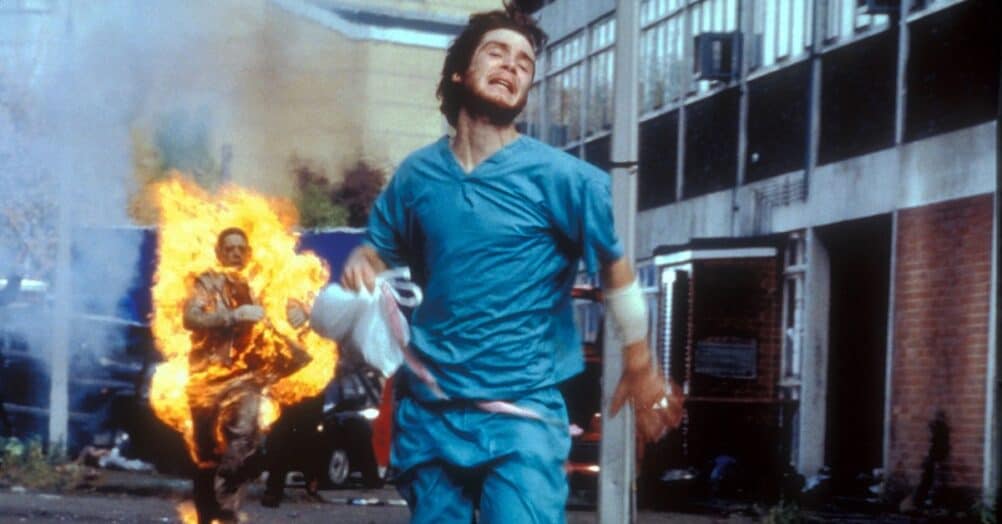
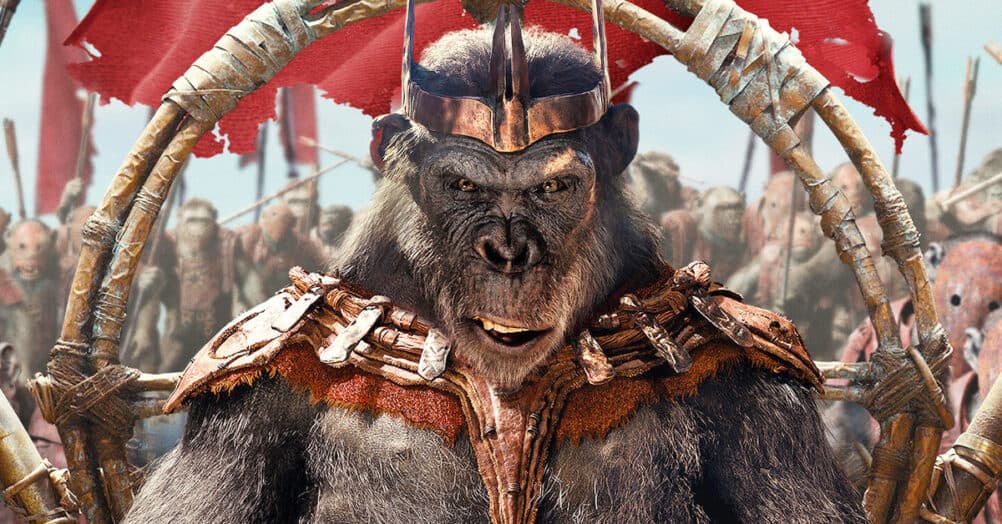

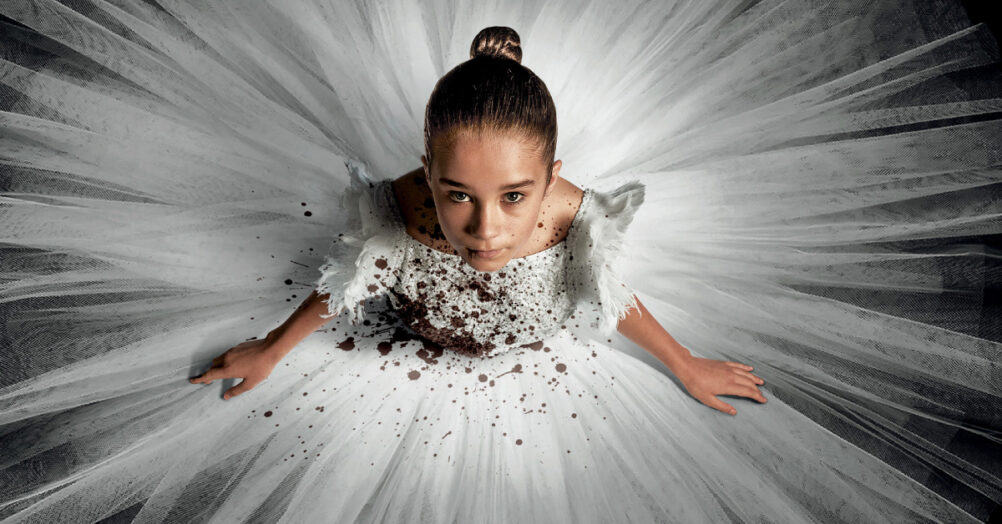
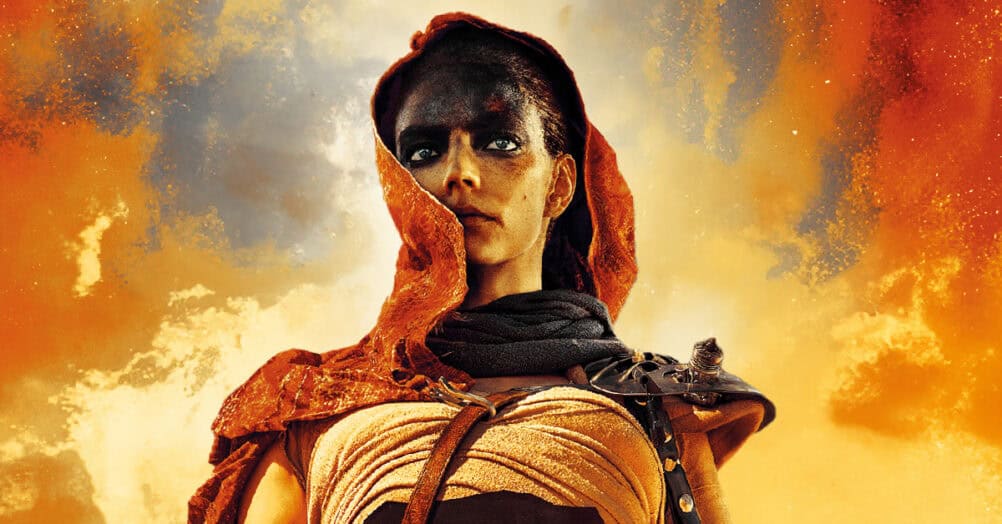
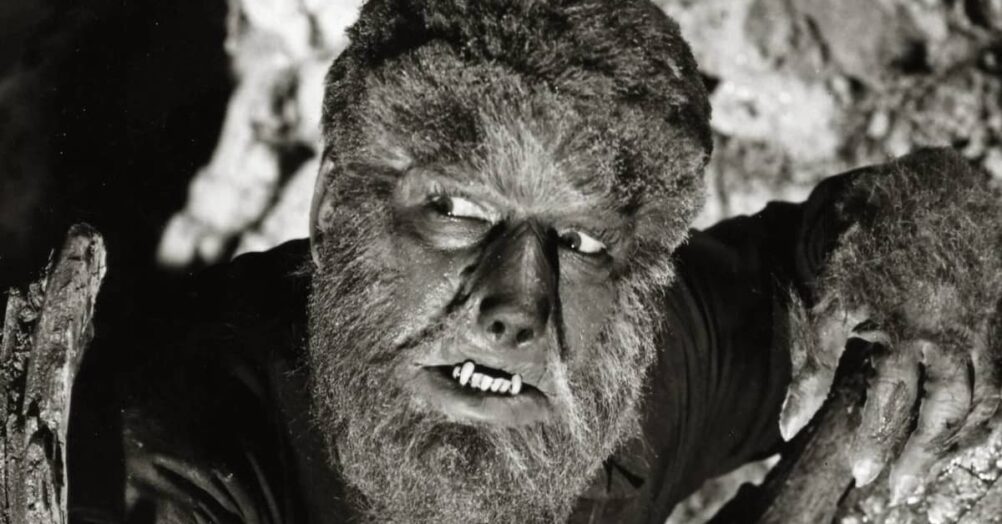
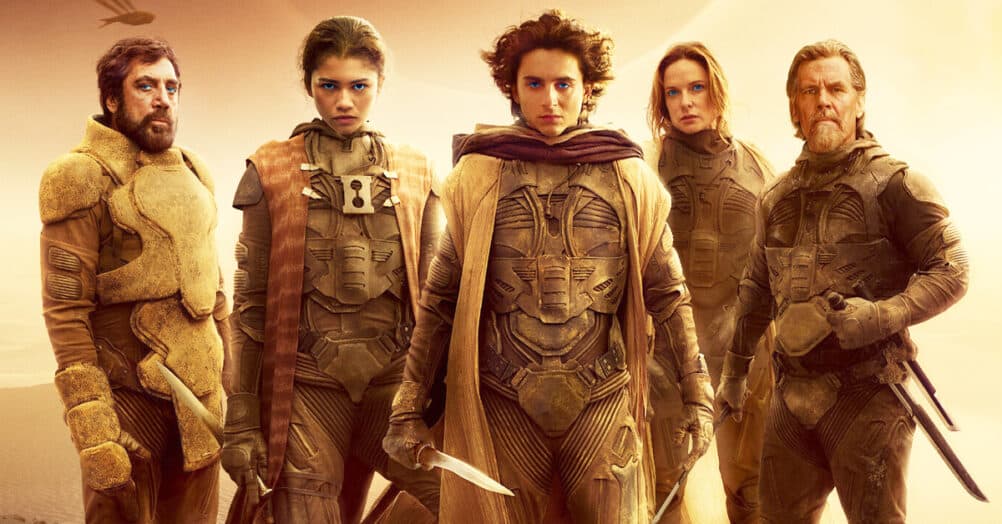


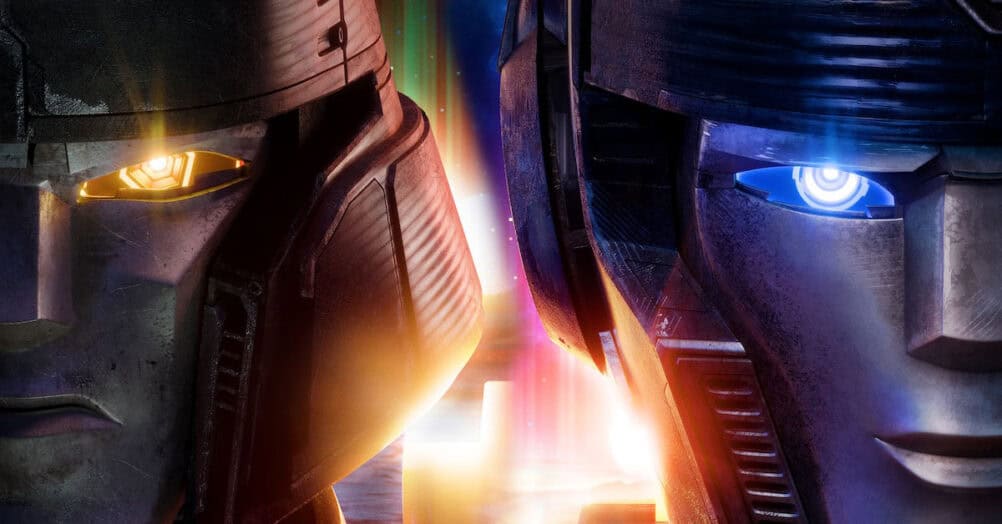
Follow the JOBLO MOVIE NETWORK
Follow us on YOUTUBE
Follow ARROW IN THE HEAD
Follow AITH on YOUTUBE